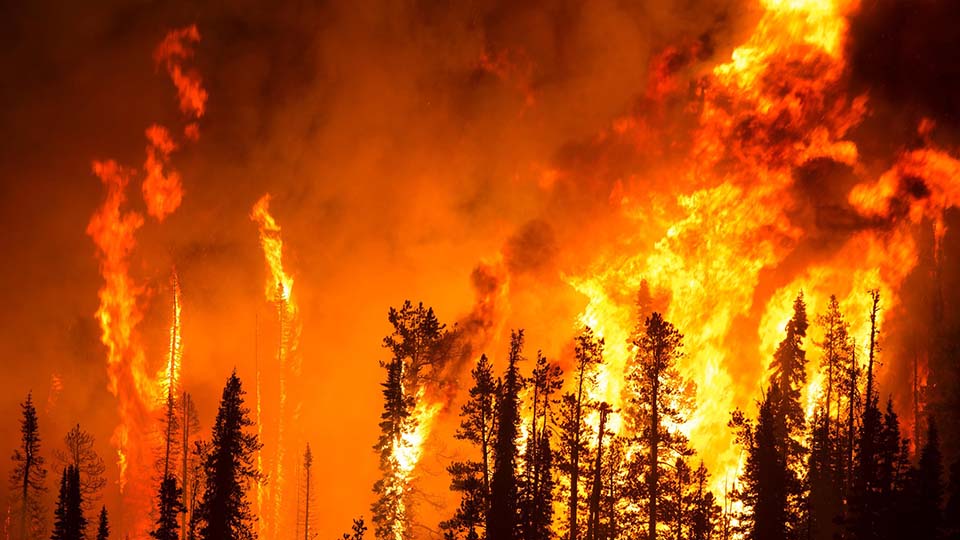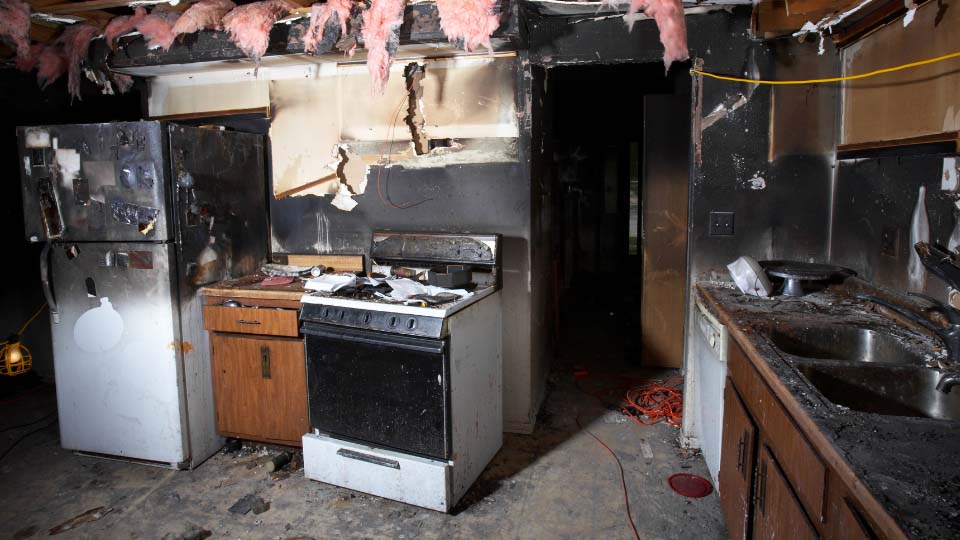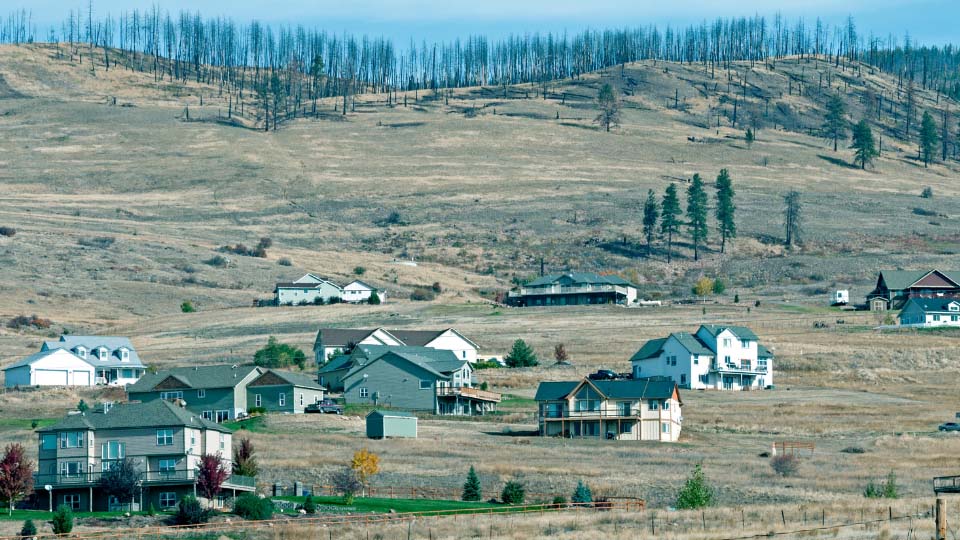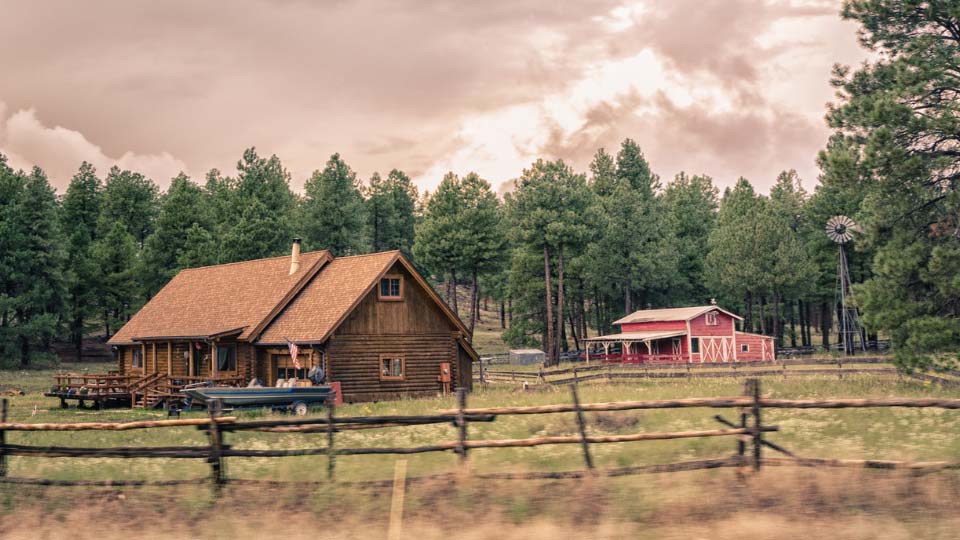Wildfire Season Preparedness

With the arrival of summer, comes wildfire season in the American West. Having basic preparedness plans in place can help alleviate fear and panic in the event of an evacuation or when dealing with fire and smoke. Wildfire is one of the most destructive natural forces known to mankind. While sometimes caused by lightning, the majority of wildfires are human caused. The term "wildfire" is applied to any unwanted and unplanned fire burning in forests, shrubs or grasslands.
The three classes of wildfires are:
- Surface Fire - the most common type of wildfire, burns along the forest floor, moving slowly and killing or damaging trees and brush.
- Ground Fire - most commonly started by lightning, burns on or below the forest floor from the humus layer to the mineral soil.
- Crown Fire - the most dangerous, spreads rapidly by wind and move by jumping from treetop to treetop.
In an state prone to wildfires, it is important to consider them in your family disaster plan.
Prepare your home outside by moving combustible items to a house or garage, seal vents and windows, connect hoses to outside taps and place near roof and ground fuel tanks. Turn off fuel supplies and extinguish all pilot lights.
Inside the house, close all windows and doors. Open the damper on fireplaces to stabilize inside-outside pressure, and close fireplace screens. Close blinds and heavy drapes and remove lightweight curtains. Turn on a light in each room to make the house more visible in heavy smoke. Move flammable furniture away from windows and doors. Confine pets to one room so they can be easily located. Place valuable papers and memorabilia inside the car for quick departure, back the car into the garage and disconnect the automatic door opener. Keep your radio tuned to a local station for fire reports and evacuation information.
Have an evacuation plan of how to get out of the house, an escape route, a family meeting place, instructions for children, provisions for pets and animals, getaway plans and emergency provisions.
Generally, a family forced to evacuate from wildfire will do so together, so the escape route will be the same for all. It is important to establish a meeting place in case all family members are not home when the evacuation takes place. Make sure children understand the concept of “Stop, Drop and Roll” in case their clothing catches fire. Practice this until it is an instinct since normal reaction is to run, which only increases the flames.
Should you be caught in a wildfire, stay in your vehicle. This is dangerous and should only be done in an emergency, but you can survive the firestorm if you stay in your car. It is much less dangerous than trying to run from a fire on foot.
- Roll up windows and close air vents. Drive slowly with headlights on. Watch for other vehicles and pedestrians. Do not drive through heavy smoke.
- If you have to stop, park away from the heaviest trees and brush. Turn headlights on and ignition off. Roll up windows and close air vents.
- Get on the floor and cover up with a blanket or coat.
- Stay in the vehicle until the main fire passes.
- Stay in the car. Do not run! Engine may stall and not restart. Air currents may rock the car. Some smoke and sparks may enter the vehicle. Temperature inside will increase. Metal gas tanks and containers rarely explode.
If you become trapped at home, stay calm. As the fire front approaches, go inside the house. You can survive inside. The fire will pass before your house burns down. If caught in the open, the best temporary shelter is in a sparse fuel area. Avoid canyons, natural "chimneys" and saddles. If a road is nearby, lie face down along the road cut or in the ditch on the uphill side. Cover yourself with anything that will shield you from the fire's heat.
When evacuation becomes necessary, evacuate! Evacuate your pets and all family members who are not essential to preparing the home. Anyone with medical or physical limitations and the young and the elderly should be evacuated immediately. Wear protective clothing.
As you prepare to leave, don't lock up. Leave doors and windows closed but unlocked. It may be necessary for firefighters to gain quick entry into your home to fight fire. The entire area will be isolated and patrolled by sheriff's deputies or police.
Wildfire smoke can hurt eyes, irritate respiratory systems and worsen certain chronic conditions. When smoke levels are high, outdoor exposure should be limited. Monitor the air quality and listen for alerts. Good visibility is 10 miles, when visibility is under ¾ of a mile, due to smoke, the quality of air is hazardous.
Having wildfire knowledge and a family preparedness plan can mitigate loss and alleviate fear.
Originally published July 2012
Utah State University Extension
Related







